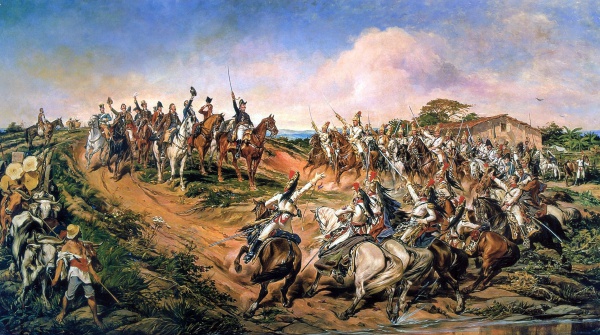Facts About Independence or Death (painting)
The 1888 painting "Independence or Death" also known as the "Cry of Ipiranga" is a potent symbol of Brazilian independence. Created by Pedro Américo, who was born in Brazil in 1843, the artwork captures the historic proclamation of independence. Américo, a prodigious talent, honed his craft in Rio de Janeiro and Paris, specializing in historical painting. The Brazilian imperial house commissioned this piece to emphasize the monarchy, and Américo completed it in Florence, Italy.
However, the painting stirred controversy. Critics questioned the historical accuracy of its depiction of the events at Ipiranga Brook. Additionally, Américo faced accusations of plagiarism due to similarities between his work and those of French artists Meissonier and Vernet. Despite these claims, scholars argue that Américo’s attention to detail and unique composition distinguish his painting.
Regardless of the debates, "Independence or Death" remains a cornerstone in Brazilian history education, frequently appearing in textbooks. It has also inspired other significant works, such as the pediment of the Monument to the Independence of Brazil. Thanks to Google Arts & Culture, the painting has been digitized, allowing people to explore its intricate details online.
Américo's influence extends beyond this single piece. His portrayal of Brazilian independence has shaped subsequent artistic interpretations, with artists like Georgina de Albuquerque and Augusto Bracet offering their own takes on the theme. These artists have reimagined key moments in Brazilian history, challenging the heroic narrative established by Américo and providing fresh perspectives on Brazil's path to independence.

 Paraguay
Paraguay